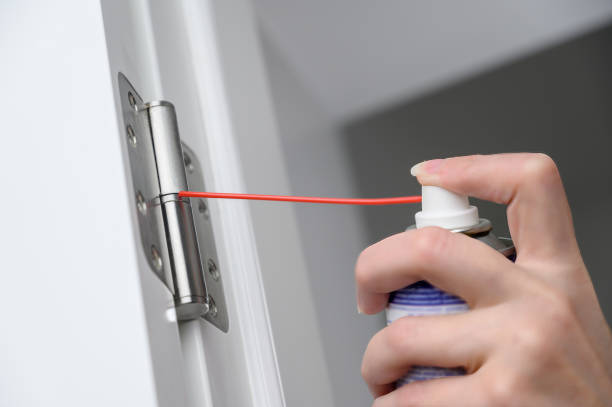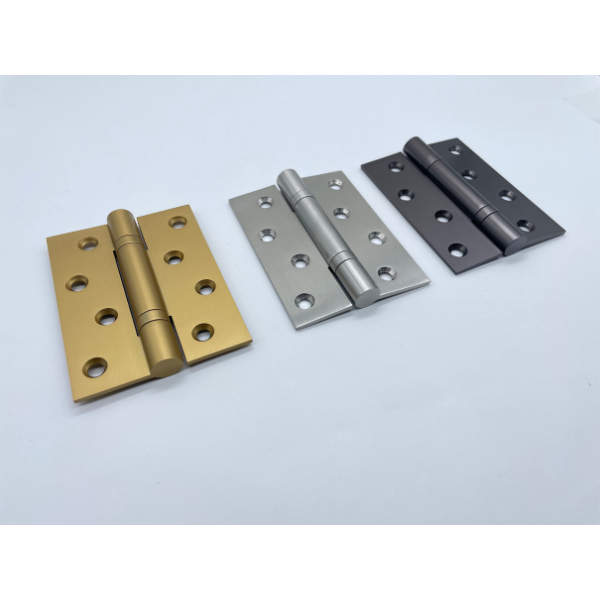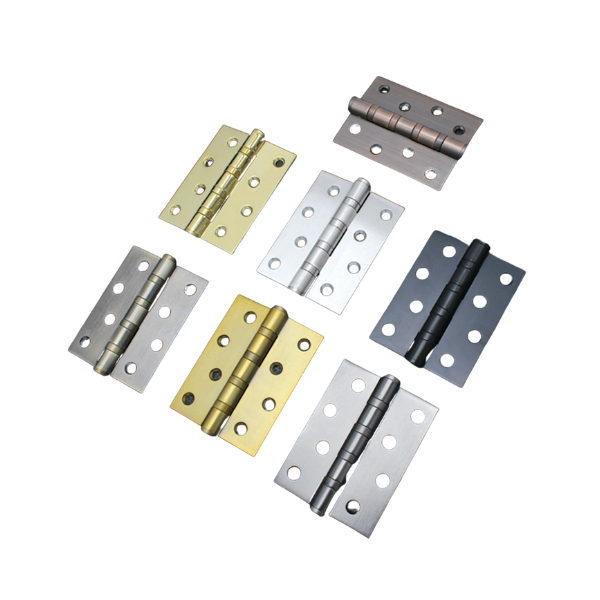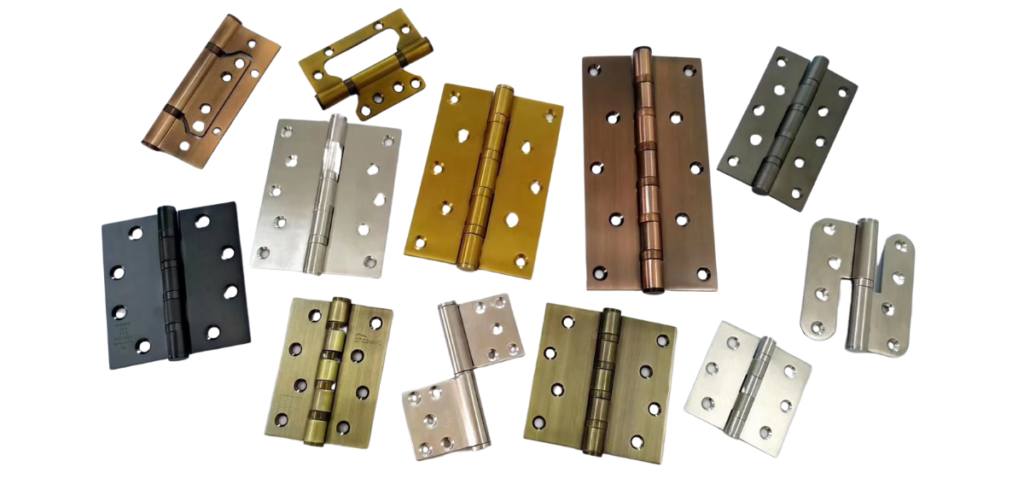Fire door hinges are critical components in ensuring the functionality and safety of fire-rated doors. Proper maintenance extends their lifespan and ensures they function as intended during an emergency. This blog will explore the specific characteristics of fire door hinges and provide a detailed guide on how to maintain them daily.
1. Particularity of Fire Door Hinges
Fire door hinges are specially designed to meet the stringent requirements of fire-rated doors. Here are their unique features:
a. Fire Resistance Certification
Fire door hinges must comply with Euro standards. These certifications ensure that the hinges can withstand high temperatures and maintain door integrity during a fire.

b. Material Durability
Fire door hinges are often made of durable materials like stainless steel or heavy-duty brass to withstand high heat and corrosion. Some models are reinforced with intumescent pads that expand under extreme heat, providing additional sealing to the door frame.

c. Self-Closing and Load-Bearing Capability
Many fire doors require hinges with self-closing mechanisms or spring-loaded functionality. This ensures that the door closes automatically, which is essential in containing fire and smoke. Additionally, fire door hinges are designed to bear heavy loads, supporting the weight of fire-rated doors without sagging.

d. Compliance with Building Codes
Fire door hinges must align with building regulations that specify the size, number, and positioning of hinges for optimal safety. Typically, three or more hinges are required for most fire doors to ensure stability and heat resistance.
2. How to Maintain Fire Door Hinges Daily
Regular maintenance of fire door hinges is essential to ensure they remain functional and compliant with safety standards. Here’s a step-by-step guide:
a. Visual Inspection
- Frequency: Weekly or monthly.
- Steps:
- Check for visible damage, such as cracks, rust, or warping.
- Ensure all screws and fasteners are securely in place.
- Verify that the hinge alignment is correct and that there is no sagging or misalignment of the door.
b. Lubrication
- Frequency: Every 3-6 months or as needed.
- Steps:
- Use a fire-rated, non-flammable lubricant designed for high-temperature environments.
- Apply lubricant sparingly to hinge pins and moving parts to reduce friction and noise.
- Wipe off any excess to prevent dust accumulation.
- Tips: Avoid using generic lubricants that may degrade under high temperatures.

c. Cleaning
- Frequency: Monthly or more often in high-traffic areas.
- Steps:
- Wipe the hinges with a damp cloth to remove dirt, dust, and grime.
- Use a mild detergent for stubborn stains, ensuring the cleaning agent does not corrode the hinge material.
- Dry the hinges thoroughly to prevent rust formation.
d. Functional Testing
- Frequency: Quarterly or during routine fire door inspections.
- Steps:
- Open and close the door multiple times to test the hinge movement.
- Ensure the door self-closes securely and aligns with the latch or locking mechanism.
- Listen for unusual noises, such as squeaking or grinding, which may indicate wear or lack of lubrication.

e. Tightening Screws and Fasteners
- Frequency: Monthly or as needed.
- Steps:
- Inspect all screws and fasteners for looseness.
- Tighten them using an appropriate screwdriver or drill.
- Replace missing or damaged screws with fire-rated components.
- Tips: Use thread-locking adhesive for high-traffic doors to prevent screws from loosening over time.
f. Checking for Code Compliance
- Frequency: Annually or during building inspections.
- Steps:
- Review local fire safety codes and regulations.
- Verify that the hinges meet the required fire resistance and load-bearing specifications.
- Confirm the presence of required labels or markings indicating fire-rated certification.
- Tips: Hire a certified inspector to conduct a thorough compliance check.

Additional Tips for Long-Term Maintenance
- Replace Worn Hinges: Replace any hinges showing significant wear, such as cracks, excessive rust, or malfunctioning self-closing mechanisms.
- Keep a Maintenance Log: Record all inspections, repairs, and replacements to track the condition of fire door hinges over time.
- Coordinate with Fire Door Inspections: Align hinge maintenance with fire door inspections to ensure all components function together effectively.


